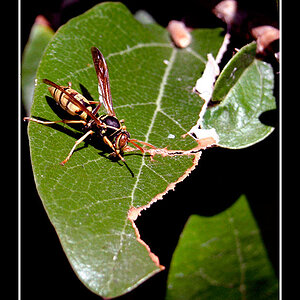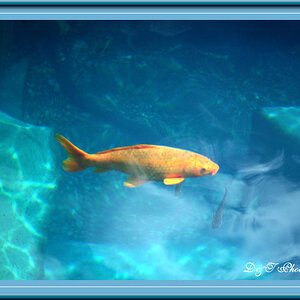Is there a way to use polished silver plate instead of glass to develop a photograph with a view camera?
I have researched dagguereotypes, wet plate collodion methods, and silver gelatin. I want the photograph to have the look of a dagguereotype, with the medium being reflective (like polished silver plates typically used for dagguereotypes), but if I could use an easier process such as some wet plate or silver gelatin practices, that would be ideal, for ease of use, and not dealing with mercury vapors, etc. used in developing dag's.
Is there any problem with using a wet plate or silver gelatin process, but instead of glass plate to use for photographing/developing, using a polished silver plate? I'm not sure if the emulsion will re-act the same way, although I have heard that you can create wet plate photographs on any material (within reason).
Or if anyone knows of a way to make quality prints onto polished silver plates, that would be helpful also.
Thanks
I have researched dagguereotypes, wet plate collodion methods, and silver gelatin. I want the photograph to have the look of a dagguereotype, with the medium being reflective (like polished silver plates typically used for dagguereotypes), but if I could use an easier process such as some wet plate or silver gelatin practices, that would be ideal, for ease of use, and not dealing with mercury vapors, etc. used in developing dag's.
Is there any problem with using a wet plate or silver gelatin process, but instead of glass plate to use for photographing/developing, using a polished silver plate? I'm not sure if the emulsion will re-act the same way, although I have heard that you can create wet plate photographs on any material (within reason).
Or if anyone knows of a way to make quality prints onto polished silver plates, that would be helpful also.
Thanks


 Just kidding of course. To each his/her own. But it seems like it would get very expensive. Of course, I'm from a generation that started recycling chemicals for silver recovery when the prices of silver went way up.
Just kidding of course. To each his/her own. But it seems like it would get very expensive. Of course, I'm from a generation that started recycling chemicals for silver recovery when the prices of silver went way up.
![[No title]](/data/xfmg/thumbnail/38/38736-5bc266b035e23faf5ad942bdd97466a8.jpg?1619738703)
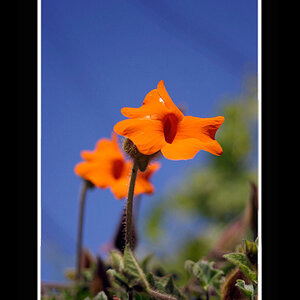
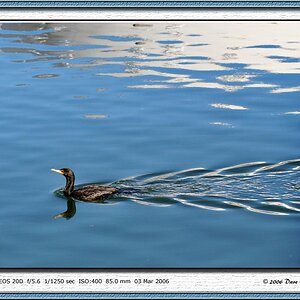
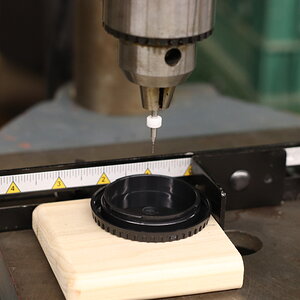
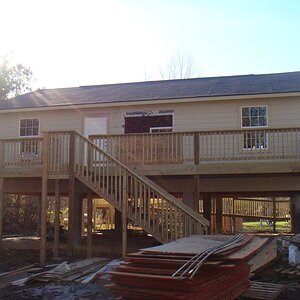
![[No title]](/data/xfmg/thumbnail/32/32708-c55da623febe9d91efe5f28aa54c3090.jpg?1619735612)
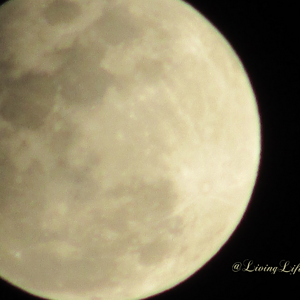
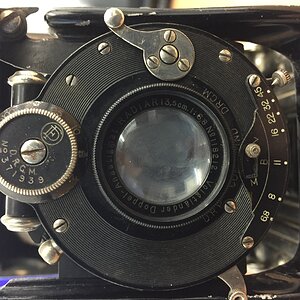
![[No title]](/data/xfmg/thumbnail/32/32709-80f0f0432fd5ec548a3efdb60ef77d46.jpg?1619735613)
